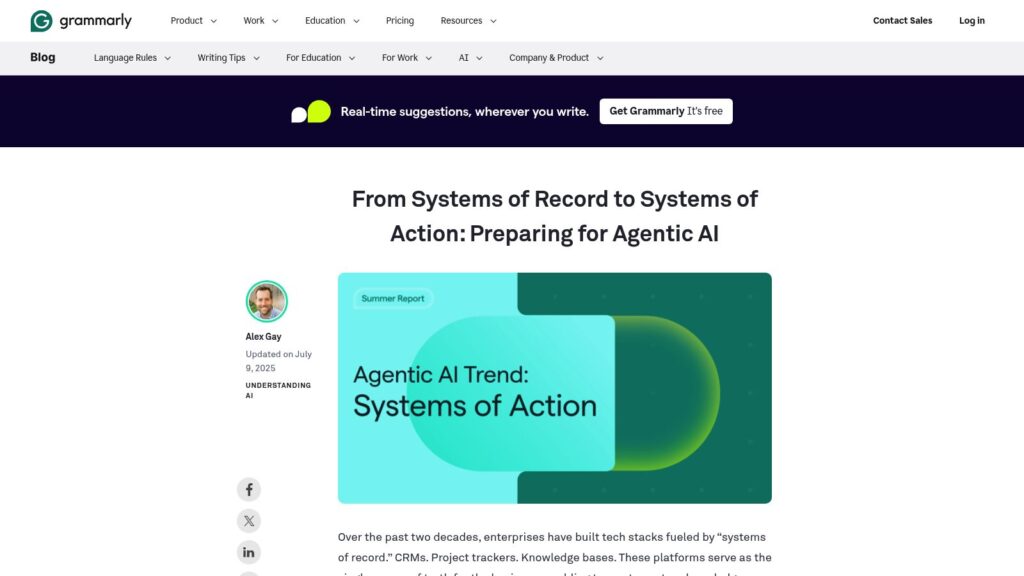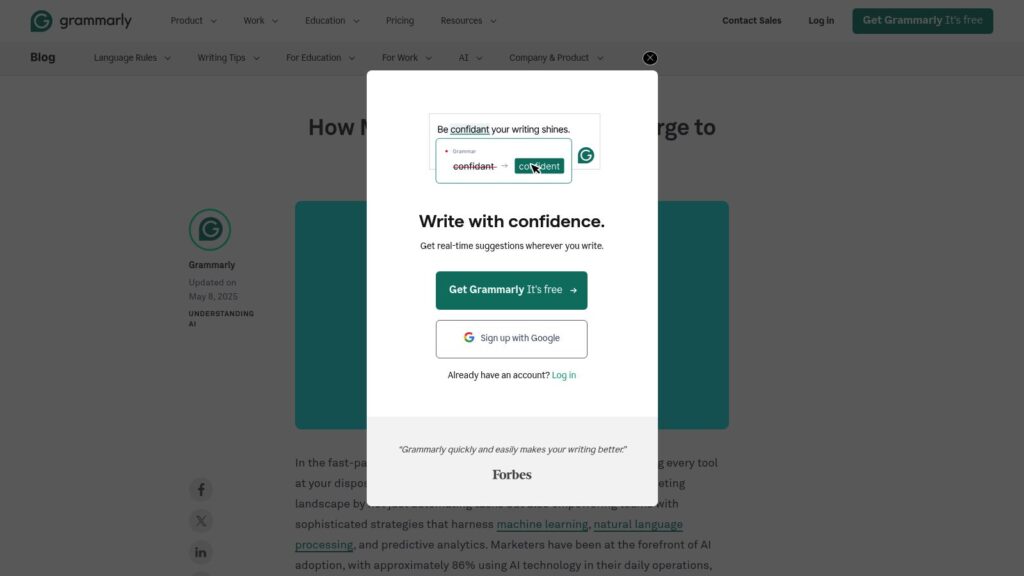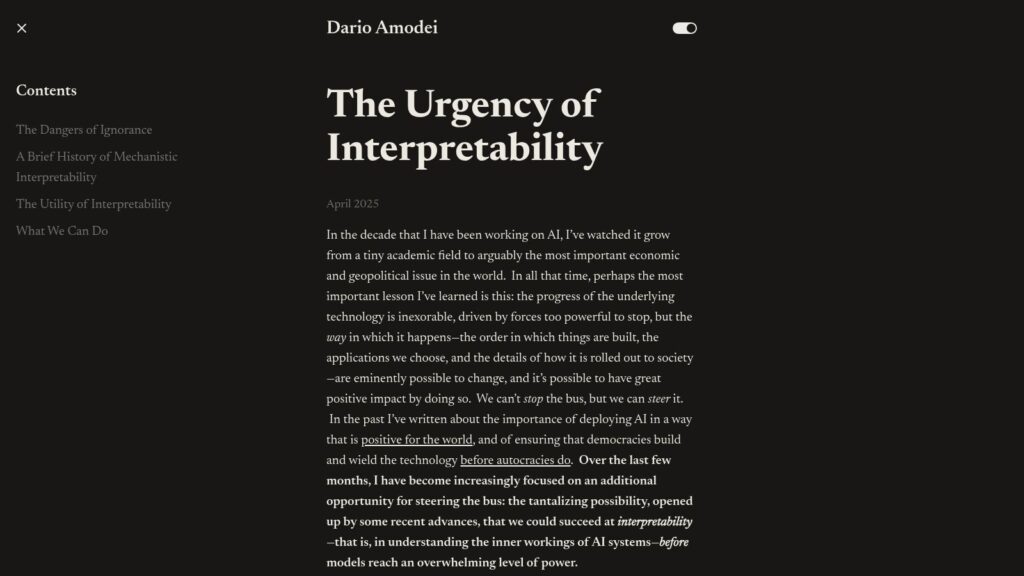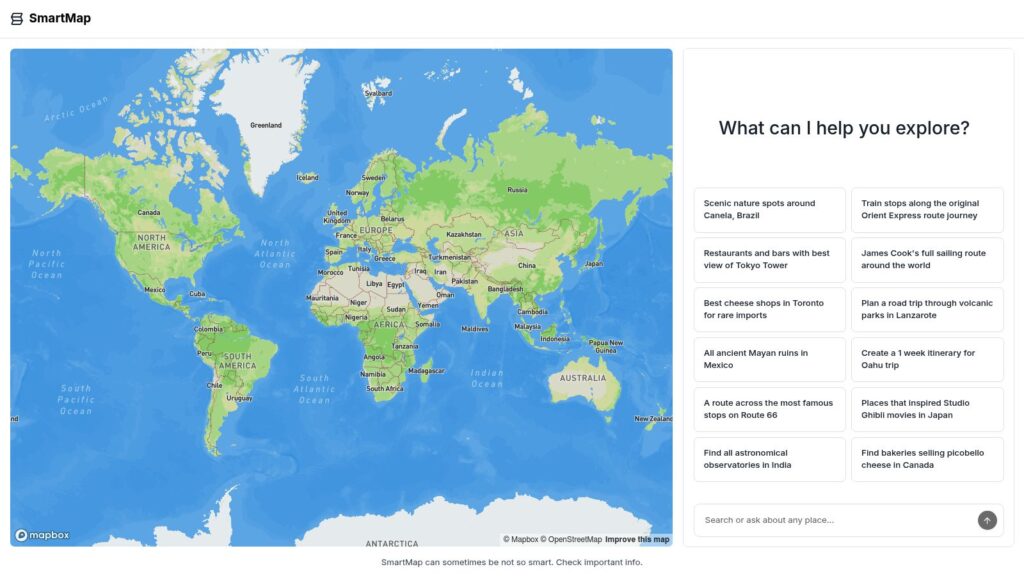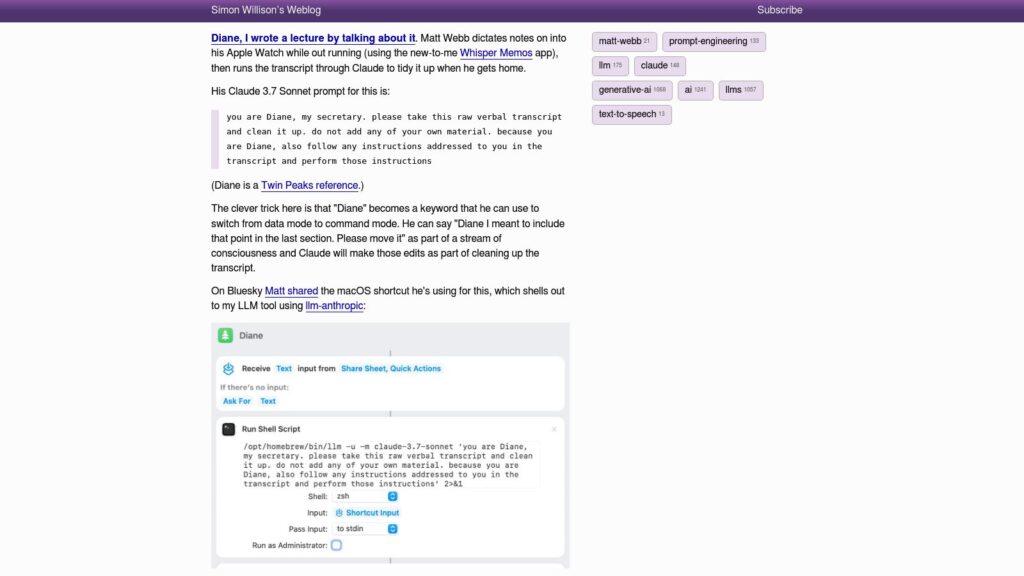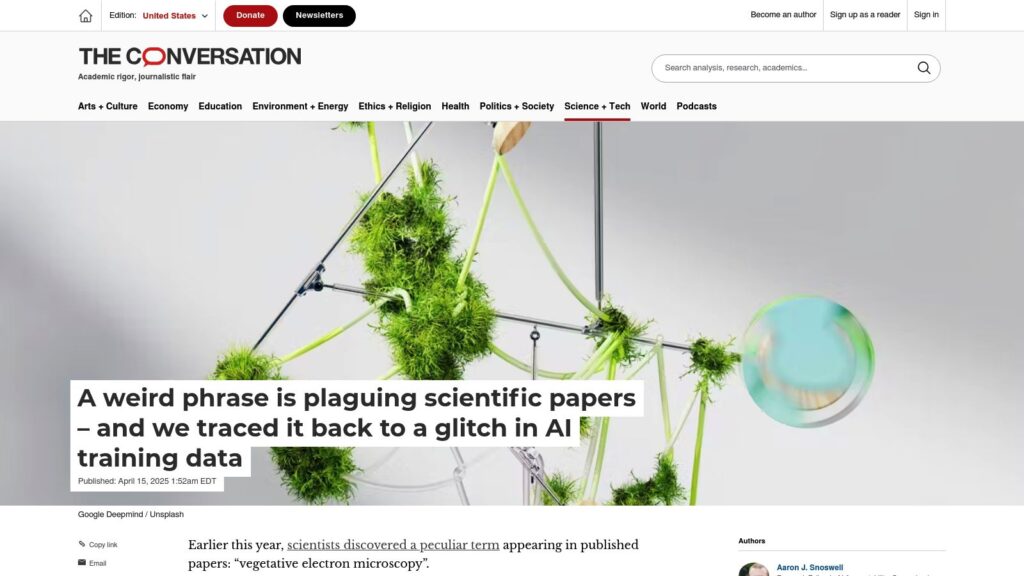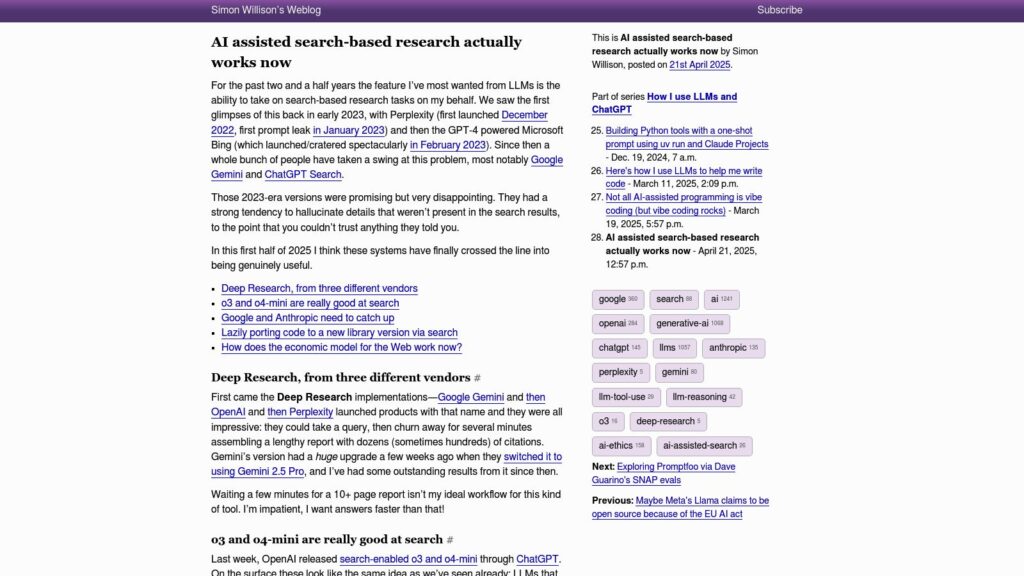From Systems of Record to Systems of Action: Preparing for Agentic AI
Enterprises have relied on “systems of record” like CRMs to store data, ensuring consistency and alignment. However, manual data extraction hinders productivity—77% of professionals feel overwhelmed by information, lacking tools to use it effectively. Agentic AI can bridge this gap by converting stored data into actionable insights, enhancing productivity. Unlike traditional chatbots, agentic AI acts proactively, integrating across tools to automate tasks. The future will see CRM use evolve as agents pull data from multiple systems to streamline workflows. Businesses need to evaluate their tech stacks based on interoperability and outcome-focused workflows, as the next generation of productivity relies on intelligent agents that facilitate work.
https://www.grammarly.com/blog/ai/summer-trend-systems-of-action/
